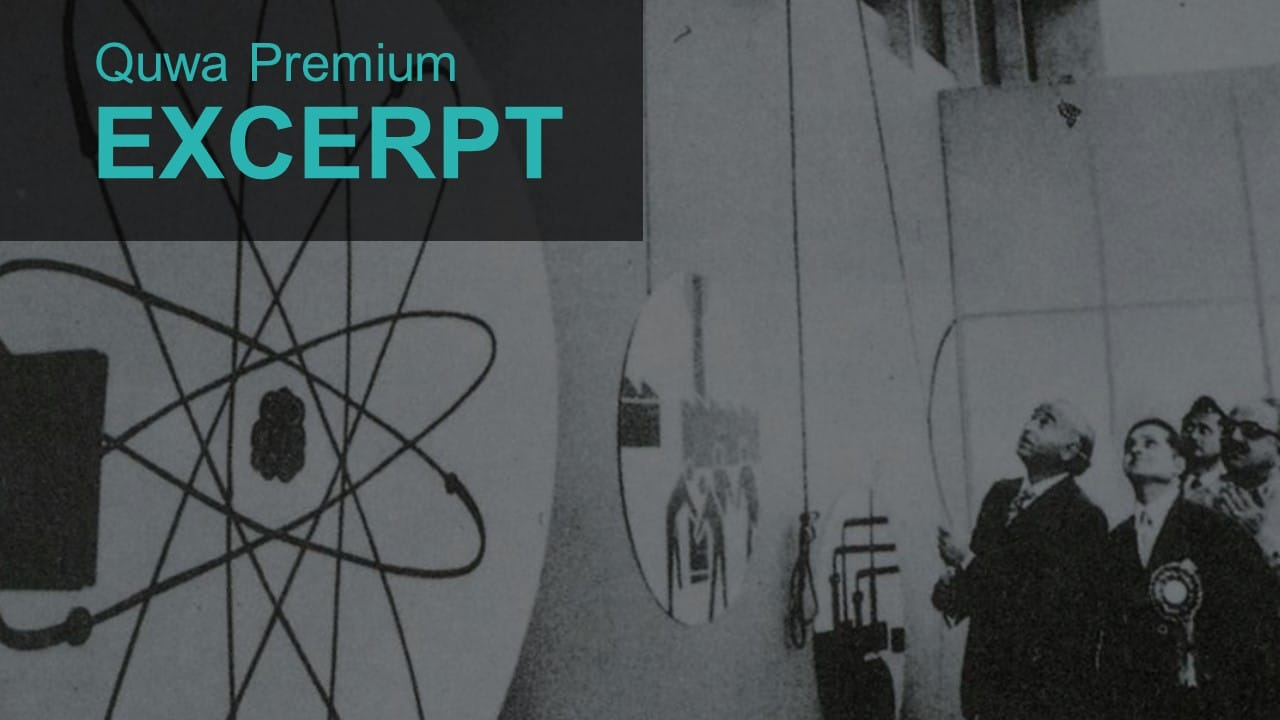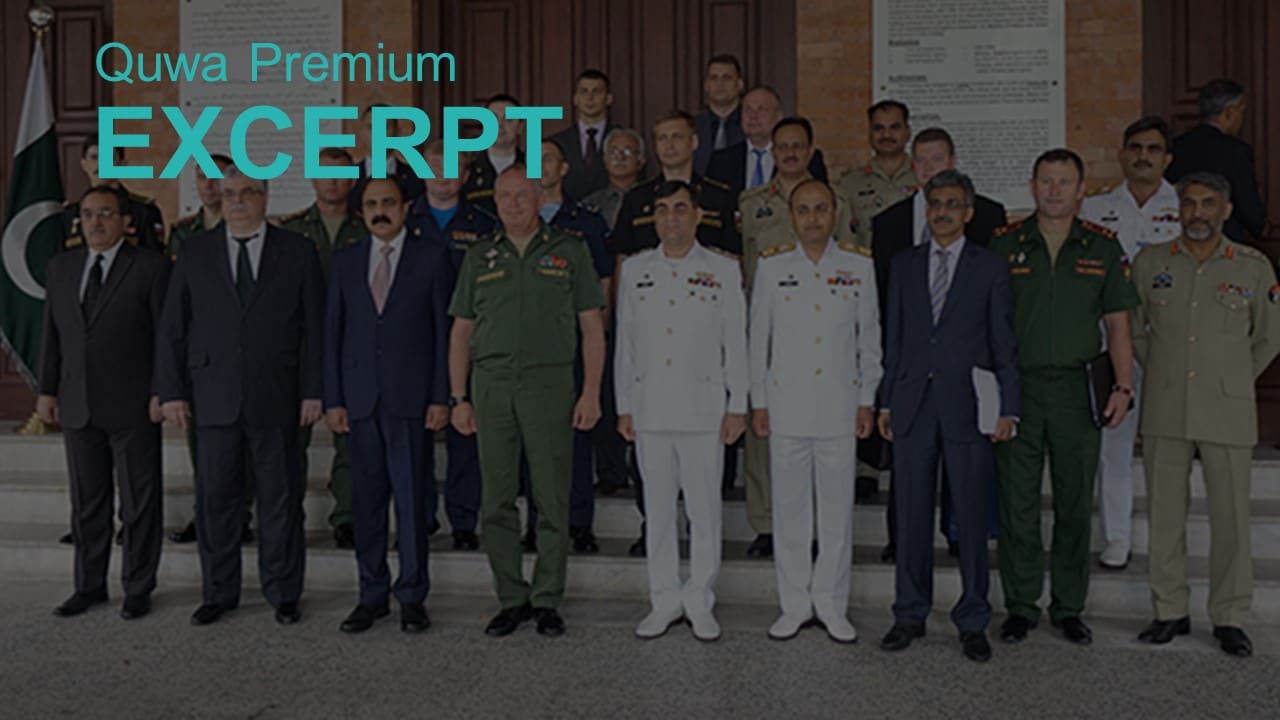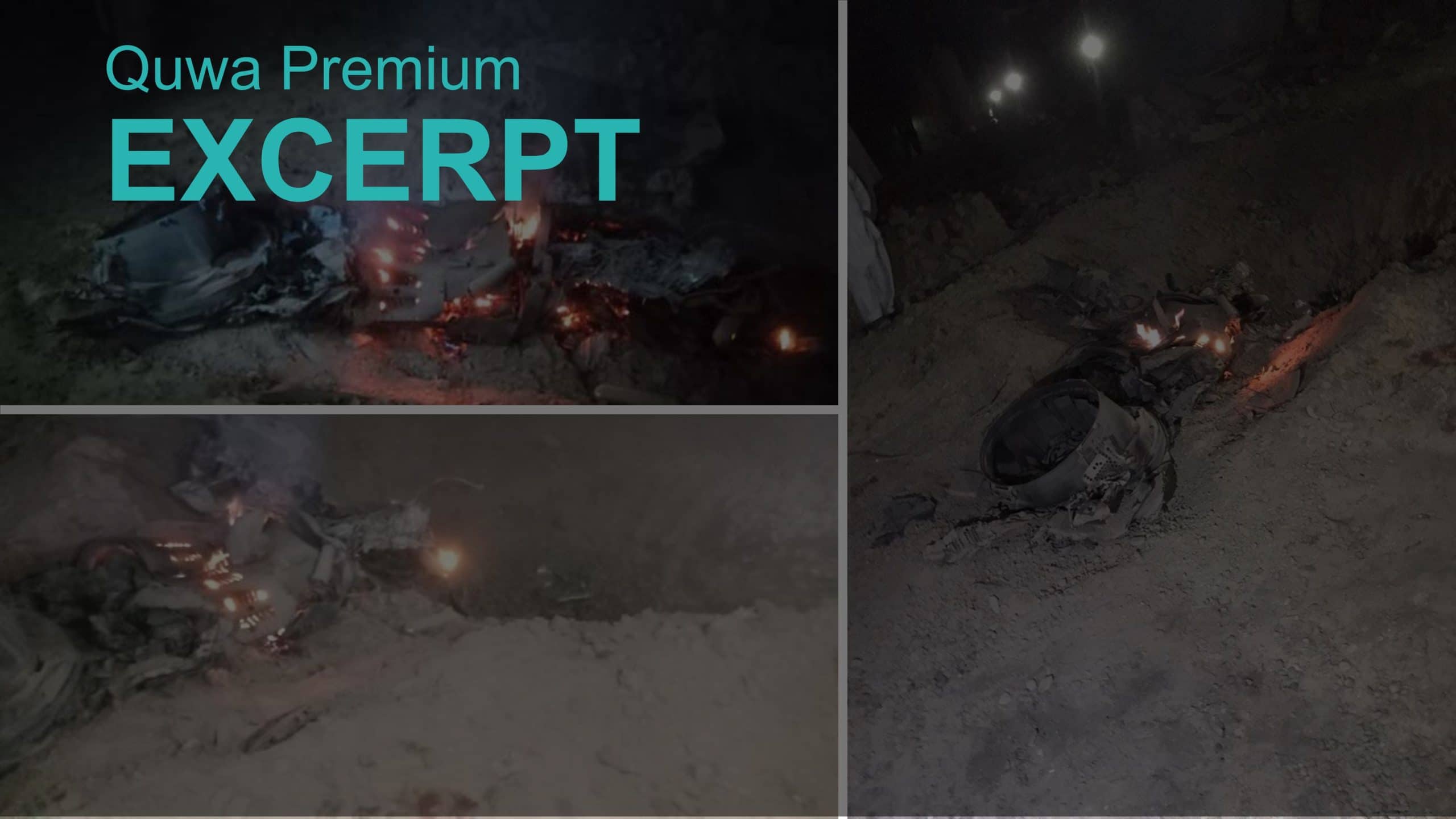2023Views

Pakistan’s Rationale for Nuclear Weapons
The starting-point for understanding Pakistan’s rationale for having nuclear weapons is to visit the history of its foreign relations and security efforts. Naturally, one might view India’s underground nuclear tests in 1974 – i.e. Smiling Buddha – as the cause. However, Smiling Buddha was merely the trigger that initiated Pakistan’s efforts to acquire nuclear weapons in earnest, the causes were structural and had emerged far earlier than 1974 or 1971 (i.e. when East Pakistan seceded and became Bangladesh).
Simply put, the cause is the substantiated belief among Pakistan’s decision-makers that nuclear weapons are the only guarantor of Pakistan’s sovereignty and territorial integrity. In a sense, the trigger for these beliefs was the 1965 War; the US refused to support Pakistan’s war effort and, in turn, blocked military aid and spare parts for Pakistan’s military equipment (the vast majority of which was American-made). In addition, Pakistan felt that the international community (e.g. the United Nations) was not conducive for supporting Pakistani interests, such as inflicting substantive penalties on New Delhi.
In Eating Grass, retired Pakistan Army Brigadier General Feroz Khan stated, “Pakistan found international institutions capricious and alliances unreliable.”[1] However, this conclusion – though inherently correct – had come following a prior Pakistani misreading of US interests in South Asia.
Prior to 1965, Pakistan had believed that its status as a US ally would provide it with the requisite weight to pursue its interests vis-à-vis India (i.e. Kashmir). In the lead-up to the 1965, Pakistan was certainly receiving the material fruits to justify its beliefs, i.e. US economic and military aid, comparatively new weapons and a surge in status through membership in the Southeast Asia Treaty Organization (SEATO).
However, none of that support was intended to be used against India. Rather, Washington did not intend to antagonize India at all, be it directly or through Pakistan. In fact, much like Pakistan, the nucleus of the Indian nuclear program could also be traced to US support through the 1950s and 1960s – i.e. the Atoms for Peace Plan.[2] Granted, New Delhi did not sign onto Washington’s efforts to pressure Moscow, but not once did Washington enable Islamabad to penalize India. Pakistan failed to acknowledge this reality.
The wars of 1965 and 1971 materialized the outcome of Pakistan’s failed reading. However, following the two conflicts, Pakistan’s security establishment and intelligentsia did not trust international institutions, international laws or alliances enough to stop it from trying to match India in terms of defence. When the day India made its intentions to procure nuclear weapons became apparent, Pakistan followed in earnest.
Then President of Pakistan, Zulfiqar Ali Bhutto famously stated, “…we will eat grass, even go hungry, but we will get one of our own.” For Pakistan, no amount of assurances or nominal condemnation from the world will truly protect it from India’s nuclear weapons – Pakistan would require an analogous capability. Certainly, procuring nuclear weapons would come at a significant economic cost, not least from the direct fiscal costs, but lost opportunity costs (i.e. diverting skilled human resources and technology investments away from other areas to nuclear weapons). Furthermore, Pakistan’s nuclear weapons would serve as the central pain-point affecting its ties with the US (and to a lesser extent, Western Europe) for decades. For Pakistan, these were necessary costs to pay, but ironically, they were – and will continue being – integral for Pakistan to possess and improve upon its nuclear – and wider – deterrence objectives.
564 of 1,700 words. Quwa Premium Subscribers can access the complete article here.
[1] Feroz Hassan Khan. “Atoms for Peace at the Crossroads of History”. Eating Grass. Stanford University Press. 2012. p.24
[2] M.R. Srinivasan. “50 Years of Atoms for Peace”. The Hindu. 13 December 2003. URL: http://www.thehindu.com/2003/12/13/stories/2003121301331000.htm (Last Accessed: 09 May 2018).


